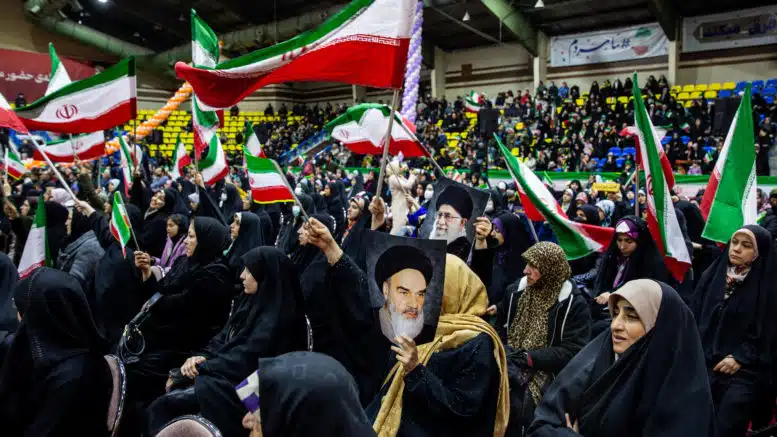Iran is on the brink of its parliamentary elections scheduled for March 1st, marking the nation’s first general vote following the 2022 upheaval led by women and girls demanding an end to the rule of the Islamic Republic. Despite a violent crackdown on the protests, calls for change persist, with many Iranians viewing abstention from the vote as an act of protest against the current regime. Anticipated low turnout, especially in urban centers like Tehran, underscores the significance of voter participation as a gauge of government legitimacy, with both supporters and critics scrutinizing it closely. Those opting to boycott the elections aim to signal their disillusionment with the current system’s ability to effect meaningful change through electoral means.
In tandem with the parliamentary elections, March 1st also witnesses voting for members of the 88-seat Assembly of Experts, tasked with selecting the supreme leader—the highest clerical authority wielding pivotal influence over state affairs and armed forces command. The assembly doubles as an advisory body to the supreme leader and theoretically holds the power to supervise or dismiss them, although such actions have never materialized. With the current supreme leader, Ayatollah Ali Khamenei, aging at 84 and having served for over three decades, speculation looms over the assembly’s choice of successor.
However, the fairness and freedom of Iranian elections have come under intense scrutiny. Critics and human rights groups decry a flawed process of candidate vetting and mass disqualifications orchestrated by the Guardian Council, which effectively narrows the field and erodes public choice. The once competitive electoral landscape, encompassing candidates from various political persuasions, has morphed into a scenario where conservative figures dominate the ballot, leading to predictable outcomes and waning public participation.
The announcement of final candidates mere days before the election date, coupled with truncated campaigning periods, exacerbates concerns over transparency and fairness. With little time for voters to familiarize themselves with candidates and their platforms, the integrity of the electoral process is further cast into doubt, reinforcing the conviction among boycotters that the elections lack authenticity and credibility.
As candidates vie for parliamentary seats, the stringent vetting process overseen by the Guardian Council has resulted in the disqualification of a broad spectrum of contenders, including independents and centrists, along with a significant portion of reformist nominees. This exclusionary trend has prompted the Reform Front, a coalition of reformist parties advocating for greater social freedoms and Western engagement, to denounce the elections as “meaningless” and devoid of competition.
Despite these challenges, over 15,000 candidates—predominantly from conservative factions—are poised to contest the 290 seats in Parliament, with a notable increase in female candidates compared to previous elections. While preliminary results may surface shortly after polling concludes, the final outcome typically emerges within days, heralding the composition of the new Parliament set to convene in May.
With conservatives largely uncontested, their continued dominance over Parliament appears inevitable, given their stronghold across governmental branches since 2020. The absence of substantial opposition underscores the entrenched power dynamics shaping Iranian politics, reinforcing perceptions of an electoral landscape devoid of genuine contestation.

